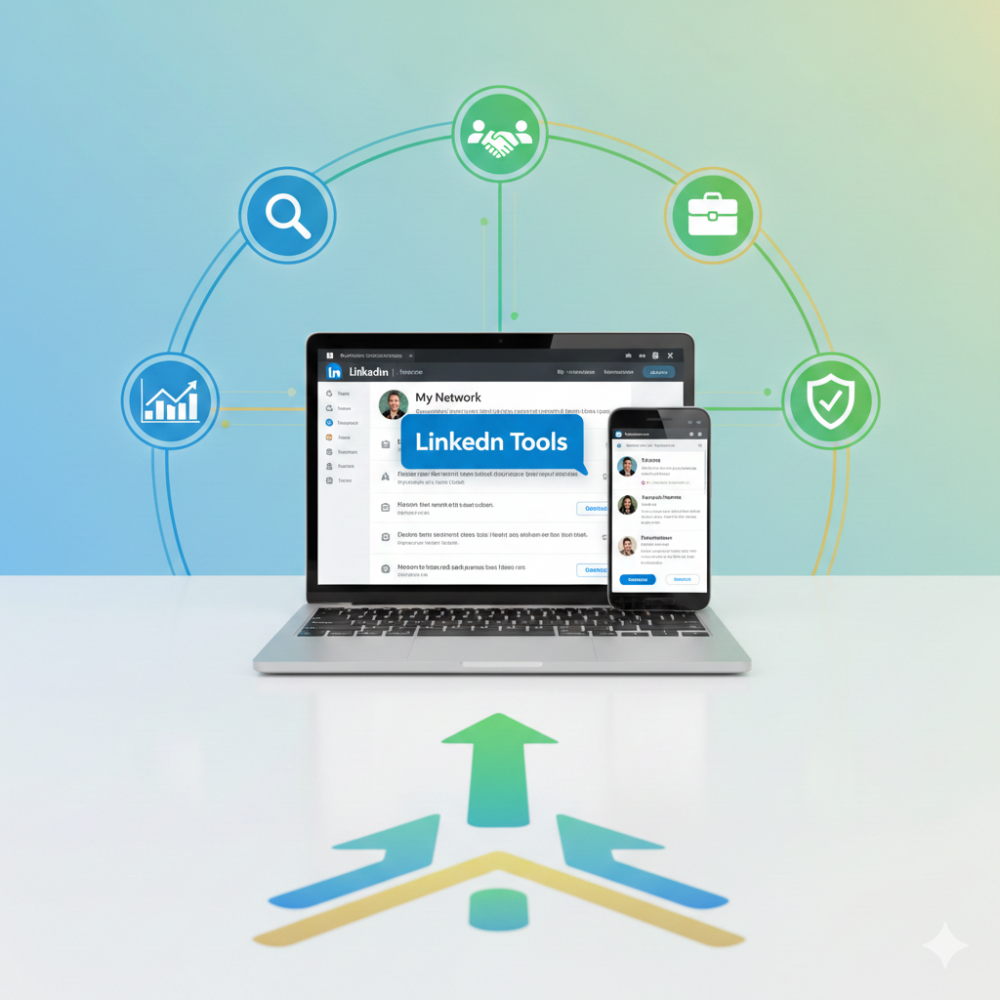
If your data isn’t good, your insights won’t be either. A good dataset is the foundation of accurate analysis, reliable models, and effective decision-making. Yet, many beginners focus more on building models than on evaluating the data they’re using. In this post, we’ll explore what makes a dataset good and why understanding data quality and bias is critical.
Why Data Quality Matters
A good dataset leads to better results. Regardless of whether you’re developing a machine learning model or conducting exploratory data analysis, the validity of your findings relies on the cleanliness, completeness, and representativeness of your data.
Poor quality data can mislead your analysis. It can create confusion, introduce errors, and reduce the trustworthiness of your outcomes. That’s why data cleaning and validation are such vital steps in the data science workflow. If you’re looking to build practical skills in handling real-world data, consider exploring Data Science Courses in Bangalore that offer hands-on training and industry-relevant projects.
Key Characteristics of a Good Dataset
A high-quality dataset typically has several important characteristics:
1. Completeness
Completeness signifies that there are no missing values or gaps present in your data. While a few missing entries are common, too many gaps can limit your ability to draw accurate conclusions. A good dataset should provide all the essential variables needed for the analysis.
2. Accuracy
The data should reflect the real-world values it represents. Incorrect entries, typos, or inconsistent formats can skew your results. Ensuring accuracy often requires verifying data sources and performing validation checks.
3. Consistency
Consistency means that data follows the same format across all records. If dates are written in multiple formats or categorical values are labeled differently, analysis becomes more complicated and error-prone.
4. Timeliness
Timeliness ensures that the data is up to date and relevant to the current problem. Old or outdated data can lead to insights that no longer apply, especially in fast-changing industries like finance or healthcare.
5. Relevance
Not all data is useful. A good dataset includes only the variables that are meaningful for the specific analysis. Irrelevant data can add noise and reduce model performance or make interpretation more difficult.
6. Representativeness
Your data should fairly represent the entire population or phenomenon you are studying. If it only reflects a specific group or time period, your conclusions may not generalize well.
The Hidden Problem: Data Bias
Even when a dataset looks clean and complete, it may still suffer from bias. Data bias occurs when certain groups or outcomes are overrepresented or underrepresented in the data. This may result in biased or erroneous forecasts, particularly in areas such as recruitment, financing, or medical care.
For example, if a medical dataset includes mostly data from younger patients, any model trained on that data might not perform well on older populations. This is a classic case of sampling bias.
Other common types of bias include:
- Label bias: When the labels or categories assigned to data are subjective or inconsistent.
- Measurement bias: When the way data is collected influences the results.
- Historical bias: When past inequalities are baked into the dataset, and models end up reinforcing them.
Recognizing bias is essential for ethical and accurate data science. It’s not always possible to remove all bias, but being aware of it helps you make better choices when collecting or using data.
How to Evaluate Data Quality
Before jumping into analysis or modeling, take the time to evaluate your dataset. Ask yourself:
- Are there many missing or duplicate entries?
- Does the data align with what you know about the domain?
- Are all relevant groups represented fairly?
- Is the data current and collected from reliable sources?
These simple checks can save hours of frustration later and improve the credibility of your work.
A good dataset is more than just a collection of numbers. It is a carefully curated and evaluated asset that forms the backbone of every successful data project. By paying attention to data quality and understanding the types of bias that can affect your analysis, you can produce more accurate, fair, and meaningful insights. Gain practical skills and deepen your understanding by taking a Data Science Course in Hyderabad led by industry experts.
Investing time in understanding your data before building models will always pay off. Good data doesn’t guarantee success, but bad data almost always guarantees failure.






